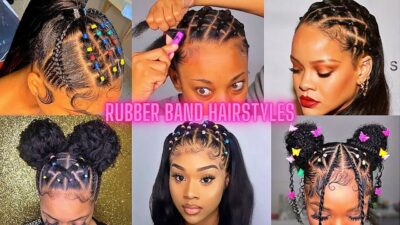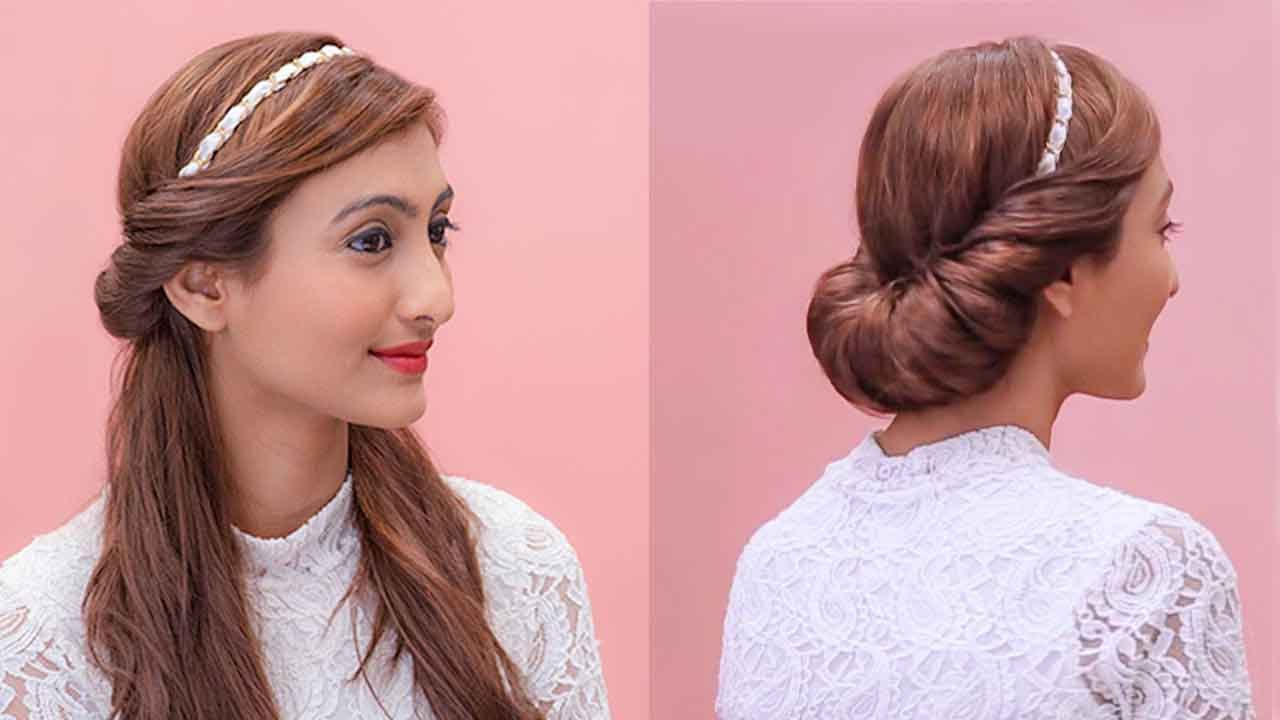Music has always influenced fashion, and one of the most expressive forms of that fashion is hair. From the shaggy manes of 1960s rock bands to the sp
Music has always influenced fashion, and one of the most expressive forms of that fashion is hair. From the shaggy manes of 1960s rock bands to the spiky cuts of punk rockers in the 1980s, band hairstyles have played a crucial role in setting trends and defining cultural movements. Hairstyles worn by musicians often transcend music, influencing mainstream beauty standards, fashion, and identity. This article explores the evolution of band hairstyles, their cultural impact, and how they continue to inspire modern looks.
The 1960s: The Birth of the Mop Top
The 1960s saw a dramatic shift in hairstyle norms, thanks in large part to The Beatles. Their “mop top” haircuts—medium-length, uniformly trimmed, and slightly covering the ears and forehead—revolutionized men’s fashion. At a time when most men kept their hair short and neatly parted, The Beatles introduced a rebellious, youthful alternative that caught on like wildfire.
Other bands followed suit. The Rolling Stones embraced a more tousled version of the mop top, giving off a grittier, rock-and-roll edge. This era marked the beginning of musicians shaping the way fans wore their hair.
The 1970s: Long Hair, Glam, and Afros
As the counterculture movement gained momentum in the ’70s, long hair became a symbol of rebellion and freedom. Bands like Led Zeppelin, Pink Floyd, and The Doors wore their hair long and natural, reflecting a bohemian spirit.
At the same time, the glam rock movement brought theatricality and androgyny into band hairstyles. Artists like David Bowie (with Ziggy Stardust) and Queen’s Freddie Mercury sported vibrant, styled, and sometimes dyed hairdos that became part of their stage persona. Bowie’s spiky red mullet, for example, became one of the most iconic band hairstyles of all time.
Meanwhile, the Afro was rising in prominence among African American bands. Groups like The Jackson 5 and Sly and the Family Stone wore voluminous, natural Afros that were both a celebration of Black identity and a political statement.
The 1980s: Big Hair, Punk, and Metal
The 1980s were arguably the most flamboyant decade for band hairstyles. Whether it was metal, glam, punk, or new wave, the ’80s hair aesthetic was all about volume, boldness, and individuality.
- Hair Metal Bands like Mötley Crüe, Poison, and Bon Jovi popularized big, teased hair—often bleached or dyed. The goal was to look larger than life, matching their over-the-top stage performances.
- Punk Bands like The Sex Pistols, The Clash, and Dead Kennedys went the opposite direction. They embraced mohawks, spiked hair, and neon dyes to express rebellion and anti-establishment views. These hairstyles were loud, unapologetic, and often DIY.
- New Wave and Synthpop Bands like Duran Duran, A Flock of Seagulls, and The Cure brought in eccentric, geometric, and often asymmetrical hairstyles. Robert Smith’s backcombed, messy hair became iconic, embodying the gothic subculture.
This decade allowed musicians to use their hair not just as a fashion statement, but as a form of protest, performance, and personal storytelling.
The 1990s: Grunge, Minimalism, and Braids
The 1990s marked a return to more stripped-down, less processed hair looks. This was largely driven by the grunge movement, which favored unkempt, natural styles. Bands like Nirvana, Pearl Jam, and Soundgarden featured messy, shoulder-length hair that seemed deliberately unconcerned with fashion.
At the same time, hip-hop and R&B bands were making major statements with hair. Groups like TLC, Destiny’s Child, and Boyz II Men wore braids, cornrows, and fade cuts, showcasing a blend of cultural pride and trendsetting.
Alternative rock bands such as Radiohead and Smashing Pumpkins leaned toward simpler, clean cuts or even shaved heads. Hair was no longer the focal point—it was a canvas for subtle rebellion rather than spectacle.
The 2000s: Emo, Scene, and Revival Styles
The early 2000s brought the emo and scene subcultures to the forefront. Bands like My Chemical Romance, Fall Out Boy, and Paramore were instantly recognizable thanks to their layered, straightened hair, often dyed black or brightly colored.
The emo look typically included:
- Side-swept bangs
- Choppy layers
- Heavy use of flat irons
- Occasional streaks of pink, blue, or red

While emo bands took over one corner of the music scene, pop-punk bands like Green Day and Blink-182 featured messy spikes or dyed tips, blending punk and skate culture.
Meanwhile, hip-hop groups and R&B boy bands leaned into clean fades, braids, and cornrows, with increasing influence from urban streetwear trends.
The 2010s–2020s: Diversity, Hybridity, and Individualism
As we moved into the 2010s and beyond, the lines between genres blurred, and so did hairstyle trends. Artists no longer felt confined to a particular look based on their music genre. Instead, individualism became the main statement.
- Indie bands like Tame Impala or Arctic Monkeys popularized effortlessly cool, slightly retro hairstyles reminiscent of past eras.
- K-pop bands (like BTS, EXO, and Blackpink) brought a new level of hair artistry, featuring bold colors, waves, undercuts, and stylized fringe.
- Rap and R&B bands continue to showcase styles like twists, locs, high-top fades, and bleached curls—often customized for each performance.
- Gender-fluid and queer bands have pushed the boundaries further with androgynous cuts, buzzed sides, and colorful wigs.
Thanks to social media, fans can now access tutorials and replicate their favorite band hairstyles at home, making the influence of these looks more widespread than ever.
Why Band Hairstyles Matter
Band hairstyles aren’t just about aesthetics. They represent:
- Cultural Identity: Hair can signal ethnicity, subculture, and beliefs.
- Rebellion: From punk spikes to grunge waves, hair becomes a protest.
- Artistic Persona: Hair is often integral to a musician’s image.
- Trendsetting: Musicians often set the tone for upcoming beauty trends.
They also help create a sense of community. Fans often adopt their favorite band’s hairstyles as a form of loyalty and connection. For many, copying a band’s hair is not just imitation—it’s admiration and a personal statement.
FAQs About Band Hairstyles
1. What’s the most iconic band hairstyle of all time?
While there are many contenders, The Beatles’ mop top and David Bowie’s Ziggy Stardust red mullet are often cited as two of the most iconic. Both defined entire generations and influenced countless artists and fans.
2. How can I style my hair like a band member?
Start by choosing a specific band or era. Research their hair texture, length, and styling method. Many iconic looks require heat tools (like straighteners or curlers), hair products (like mousse, wax, or gel), or even dye. A good stylist can help replicate complex looks like those of K-pop bands or glam rockers.
3. What are some easy band hairstyles I can try?
Here are a few easy ones:
- The grunge look: Let your hair grow out a bit and wear it natural and slightly messy.
- The emo fringe: Sweep your bangs to one side, straighten, and layer.
- The undercut or fade: Seen in many modern hip-hop bands, it’s a clean and low-maintenance style.
- The beachy indie wave: Use a salt spray on medium-length hair for effortless cool.
4. Are band hairstyles only for men?
Absolutely not. Women in bands have pioneered and redefined hair trends for decades. From Joan Jett’s rocker mullet to Hayley Williams’ vibrant dye jobs, band hairstyles cross all genders and styles.
5. Do band hairstyles affect fashion trends?
Yes, very much. Hairstyles often go hand-in-hand with clothing and accessories. When a band adopts a look—whether punk, emo, glam, or indie—their hairstyles help complete the aesthetic and influence wider fashion movements.
Final Thoughts
Band hairstyles are more than just haircuts—they’re historical markers, cultural symbols, and forms of self-expression. Whether you’re into the wild spikes of the punk era, the sleek polish of modern K-pop, or the laid-back waves of indie rock, there’s a band hairstyle out there that resonates with your identity.
In the ever-changing world of music, one thing remains constant: the power of hair to define a band’s image, captivate an audience, and inspire generations.
More Info: primereport




COMMENTS